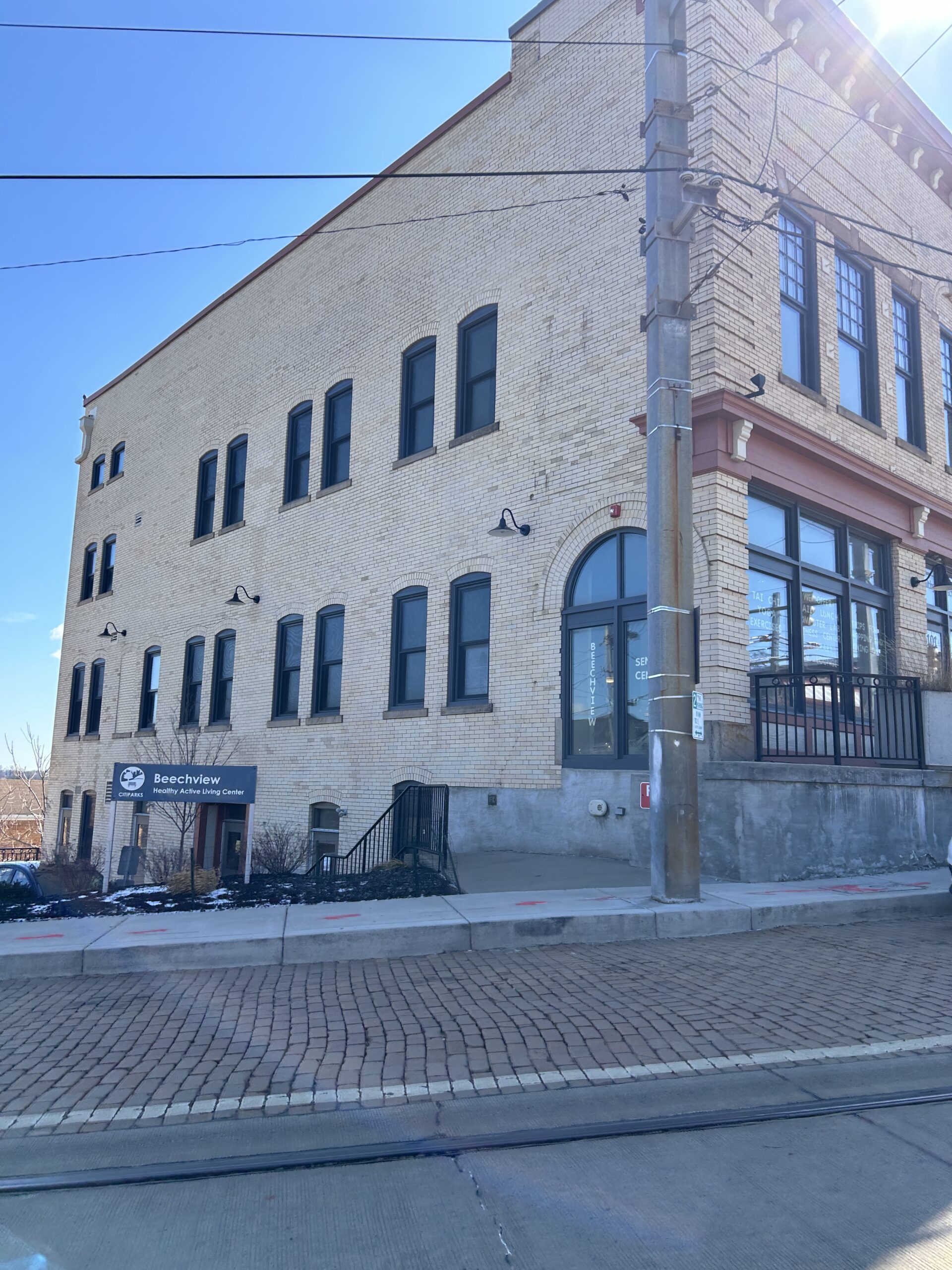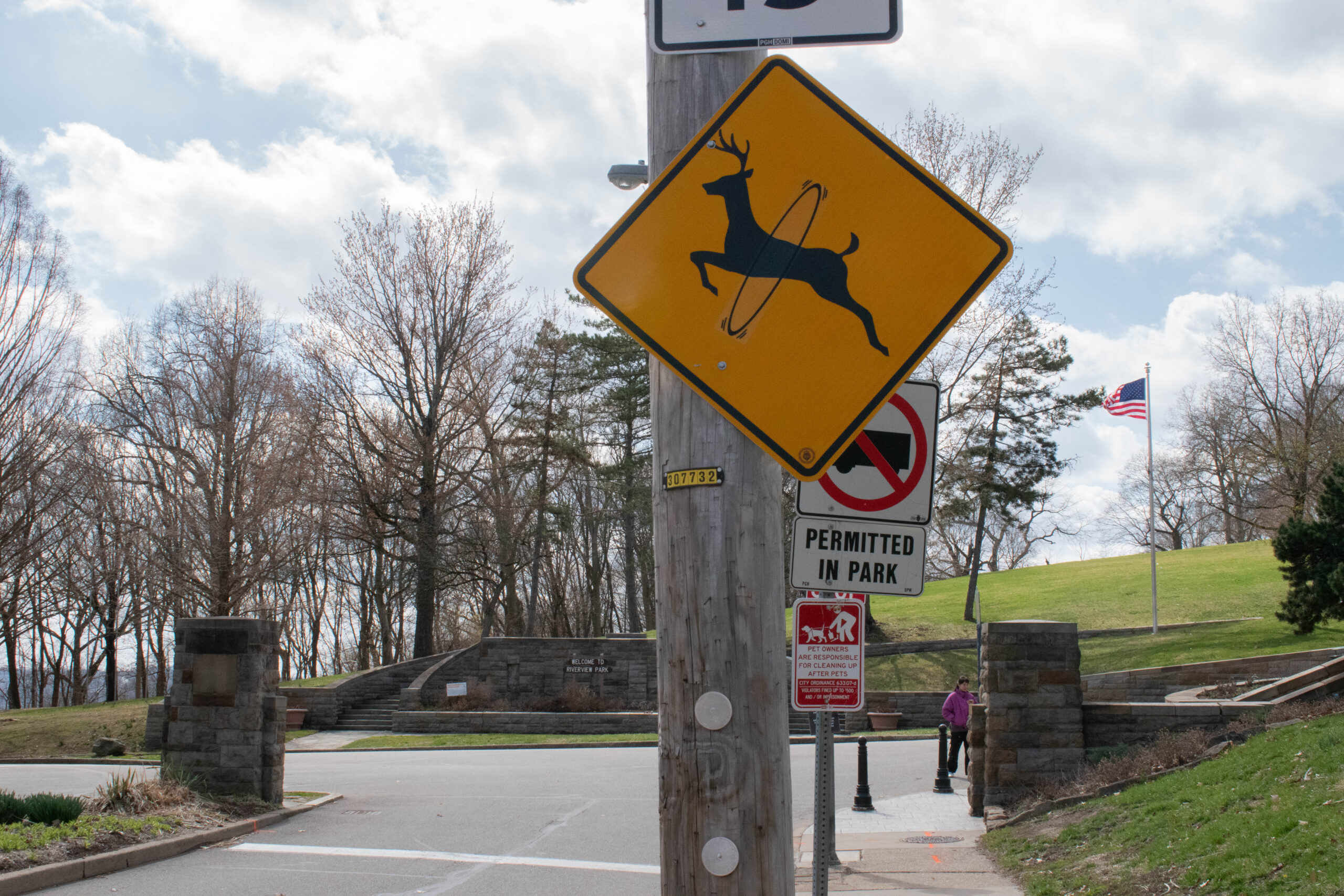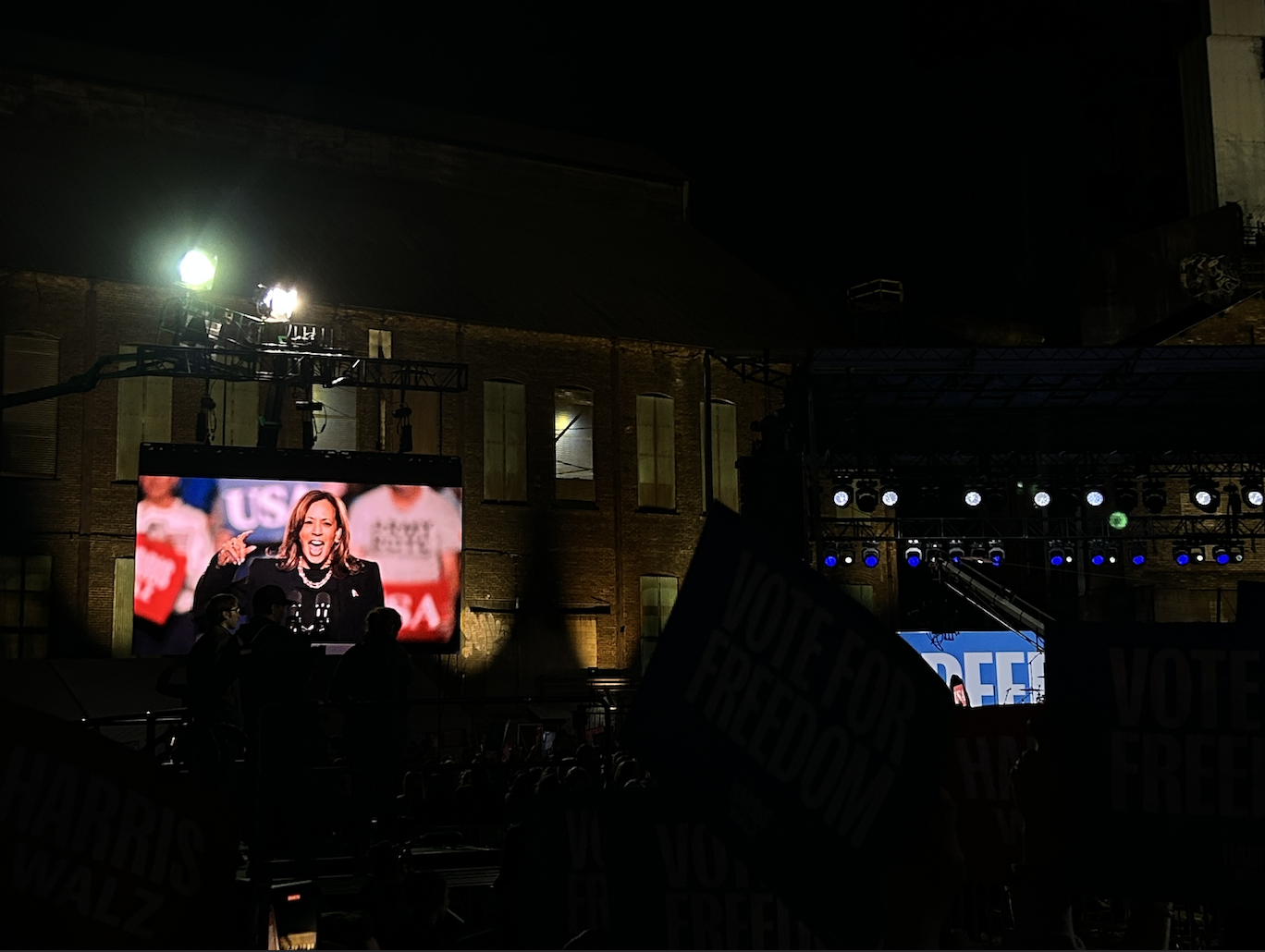How did Pittsburgh earn the title of a union city, and what are some current labor movements?
By: Erin Yudt
A local university is about to present the largest labor union to the state National Labor Relations Board in nearly two decades — if enough members sign on.
The University of Pittsburgh’s over 10,000 full-time faculty union has joined forces with part-time faculty and graduate students to formally unionize. 30% is needed for the National Labor Relations Board to hold an election.

Bernie Hall is the Director of the United Steelworkers District 10, helping represent this new union.
“At the end of the day, I think that it’s a really good thing for them, but also the university,” Hall said. “They want to have good, family-sustaining jobs. They want good, healthy and happy employees, and I think that they recognize this as a way to get there.”
Hall said the Steelworkers, which represents unions from various industries such as education, healthcare and the trades, has grown in membership by 20% in the last few years.
“I don’t think a third of the many labor organizations in the country could make that statement,” Hall said. “Especially in the western part of the state here, unionism still runs deep, and we’re going to continue to organize workers as long as they want to continue to belong to the union.”
But how did Pittsburgh get this title of a union city?

History of unions in Pittsburgh
Joel Woller, a former board member for the Battle of Homestead Foundation and labor historian, says the start of labor unions in Pittsburgh dates back as early as the Civil War. Railroad workers went on strike in 1877 and got massive community support from the middle class.
“Pittsburgh was one of the cities where you really had an alliance of the unemployed people,” Woller said. “The workers and the middle classes have substantially united behind us behind the union.”
This nationwide railroad strike led to the creation of the American Federation of Labor in 1886.

Ron Baraff, Director of Museum Collections and Archives for Rivers of Steel, which showcases the artistry and innovation of southwestern Pennsylvania’s industrial and cultural heritage, says The Carnegie Steel Company was a catalyst for labor unions in Pittsburgh and nationally.

These workers in Homestead were fighting in the late 19th century for the eradication of the sliding scale, where pay was based on the cost of production and amount of sales, and to stop the reimplementation of 12-hour shifts.
It all came to a head in June of 1892 when a new contract agreement could not be reached, and a workers’ strike started. On July 6, Henry Clay Frick called in the Pinkerton Agency, which had the largest army in the country at the time, and a shootout ensued on mill property along the Ohio River.
“There’s ten dead: seven workers, three Pinkertons. And Pinkertons surrender,” Baraff said. “But at the moment, the workers won…but they’re never going to win the war.”
The workers ended up going back to 12-hour shifts and progress was not seen until 1935 when the Supreme Court passed the Wagner Act, allowing workers the right to collectively bargain and negotiate wages and other conditions of employment by an organized body of employees.
“This led to the companies mandating safety glasses, personal protection equipment and other safety procedures,” Baraff said. “People were no longer losing limbs every day.”
Woller says this is also when marginalized workers like women and people of color started standing up for their rights in the workplace.
“We often think of the civil rights movement as if it’s something totally different from the labor movement, and we often think of them as enemies, but that’s not the case,” Woller said. “Pittsburgh has such a rich history of labor leaders like Bridget Kinney, Jeremiah Grandison, John Dewey, the list goes on…it’s important to remember because this is where we come from and where we learn to be better.”
Edward Meena, a history professor at Point Park University, said another important piece of legislation was the passing of the G.I. Bill, formally known as the Servicemen’s Readjustment Act, in 1944.
“Many think this is just support for education for veterans, but it was the result of collective bargaining,” Meena said.

John Stember has been a labor attorney in the greater Pittsburgh region for over 40 years, concentrating on employment and labor matters including sexual harassment, employee pension and health benefits. He said he moved to Pittsburgh for law school because of the city’s labor union history, eventually co-founding a law firm dedicated to labor cases.
“At one point we had 15 lawyers and 20 employees, but now we only have two lawyers and one employee, and I just went part-time,” Stember said. “The labor landscape has changed greatly throughout my career.”
Stember said that as Pittsburgh has deindustrialized over time, there has been a greater focus on “eds and meds.”
“We lost so many union jobs as Pittsburgh became less of a steel manufacturer,” Stember said. “It’s great that different kinds of jobs are fighting for representation, but a lot of these employers are private, making the fight harder.”
Stember also said laws regarding labor unions have loosened over time.
“It’s literally in our constitution that we have the right to collectively bargain, but delaying is still such a strong and effective legal strategy,” Stember said. “We barely see labor lawyers anywhere, let alone at the state and Supreme Court level.”
Pittsburgh slowly became the starting place and home for several other national labor unions such as the United Steelworkers and the Fraternal Order of Police.
“The Steelworkers were instrumental in the representation of other types of jobs here in Pittsburgh,” Baraff said. “In the 80s and 90s, we started to get to a place where everyone was waking up and seeing they deserved better, too.”

Stember said this time period of when mills started to close created great mental stress for trades workers.
“There are so many untold stories of suicides and other severe mental health issues when the mills closed,” Stember said. “But this became the shoulder for other labor movements.”
The United Steelworkers now represents about 1.2 million workers in the U.S.
“I think people often forget we also represent attorneys, public defenders and assistant district attorneys,” Hall said. “We’re a very diversified union. There’s probably not a sector of the economy that we don’t touch.”
Current Pittsburgh labor movements

Chatham University
In February, Chatham University faculty started to present their case to the National Relations Board for a formal union. Unionizing efforts began this past fall when Chatham laid off 20 employees, reduced faculty benefits and cut some salaries to trim its deficit, which the university has said stands at $6 million.
Jennie Sweet-Cushman is an associate professor and union organizer of Chatham Faculty United.
“We want to be partners in growing the university and strengthening the university and helping with the decision making, and I think we are uniquely positioned to be good at that,” Sweet-Cushman said.
Chatham University officials say they cannot provide comments until the hearings conclude.

Pittsburgh Post-Gazette
Another local union has been on strike since October of 2022, the Pittsburgh Post-Gazette, due to losses in healthcare and other claims of unfair labor practices.
Andrew Goldstein, an education reporter on strike, says that while several workers have crossed picket lines and have sought employment elsewhere, he is hopeful for a fair resolution.
“Over 17 months or so, you know, I understand it’s, you know, not something that’s on people’s minds every day, typically,” Goldstein said. “But this pain that we’re feeling right now, I hope will really be a benefit and strengthen local journalism in the years to come.”
The Post-Gazette continues to publish and says that there have been eight negotiation sessions in 2023.
The local Teamsters union, which represents the Post-Gazette truck drivers, voted to accept payment and dissolve itself as part of a settlement with the parent company, Block Communications, last week.
Starbucks
In June 2021, Starbucks workers began efforts to unionize nationally. Since then, 18 stores have unionized in Pittsburgh, with many others awaiting hearings.

Erin Vargo, a barista at the Market Square location, which unionized in 2022, says the union has been helpful for strengthening their store’s safety but does not feel that all stores need to unionize.
“The only reason that our store would benefit from that is because of the incidents we deal with, and since the incidents are going down, it’s like just suck it up,” Vargo said. “It’s just a food service job.”
Vargo said their location dealt with individuals who would throw chairs at them and overdose in the bathrooms but that these incidents have gone down since their union was able to remove seating and public access to their restrooms.
Children’s Museum of Pittsburgh
Last month, the Children’s Museum of Pittsburgh launched its unionizing campaign. Employees plan to unionize with the United Steelworkers. The United Steelworkers also represents more than 500 museum employees at all four Carnegie Museums; workers, who ratified their first contract in May, secured a higher minimum wage and immediate raises.
As of last year, the Carnegie group was the largest museum union in the country.
National labor movements
According to the Bureau of Labor Statistics’ 2023 report, about 14.4 million workers nationwide were represented by unions. The highest unionization rates were among workers in education, training, and library occupations with 32.7 percent and protective service occupations with 31.9 percent.
When visiting Pittsburgh in January, U.S. Acting Secretary of Labor Julie Su said in order to build good jobs, they must be represented by unions.
“This is how we build good jobs at the beginning, that we make sure that unions have a seat at the table, and this is not just a matter of doing what’s right for working people,” Su said. “When they’re good jobs, you could attract a workforce and community…Pittsburgh has its own good jobs principles that are helping to embed that, too, and we lift that up as a model for the nation.”

The Biden-Harris administration declared Pittsburgh one of five Workforce Development Hubs across the nation in May 2023. The initiative seeks to connect people in the Pittsburgh region to good-quality careers related to major federal and private-sector investments.
Deputy Director for the U.S. Women’s Bureau Gayle Goldin, who also visited the region on Equal Pay Day last month, said with the overturning of Roe v. Wade in 2022, there have been more conversations about the economic impact of the lack of reproductive freedom and how much that affects the workforce.
“We are certainly trying to make sure that we stay in the conversation about reproductive freedom,” Goldin said. “Everything that we do for women, all women, really improves the labor force and the economy for everyone.”
Future of Pittsburgh
Baraff said with the upcoming presidential election, he is “very concerned” for the future of Pittsburgh and the nation’s workforce.
“I really worry about the starting of pulling back on environmental protections,” Baraff said. “I also wouldn’t be surprised to see the expansion of right-to-work states.”
Right-to-work laws refers to state laws that prohibit union security agreements between employers and labor unions which require employees who are not union members to contribute to the costs of union representation. Currently 28 states have adopted right-to-work laws.
Meena said while unions are a “part of Pittsburgh’s fabric,” there are “a lot of different patterns.”
“It can take years or even a decade to sign cards, hold an election, bargain, settle on a contract,” Meena said. “And while some may complain about union dues, meetings and electing officers, people will always take benefits and raises as a result of unions.”
In January, the United Steelworkers filed grievances against the U.S. Steel for its proposed sale to Nippon Steel Corporation, based out of Japan. Hall said their union continues to push back against the sale and hopes to reach a conclusion soon.
“[U.S. Steel] is going to reap instant rewards because of the stock purchase; they’ll make millions and millions of dollars, but what’s in question is what’s best for the community,” Hall said. “We want to see the mills here for another generation of steelworkers…We’re supporting candidates who support us.”
President Joe Biden visited the United Steelworkers headquarters on Wednesday, April 17 to oppose the sale.
“American-owned, American-operated by American union steelworkers — the best in the world — and that’s going to happen I promise you,” Biden said.
Biden also announced that he will push for higher tariffs on Chinese steel and aluminum.
Outside was a very different scene as two groups of protestors filled the area and chanted “Bidenomics has to go” and “Genocide Joe has got to go,” referring to the ongoing war in Palestine.

Protestors also chanted to leave primary election ballots empty. This year’s primary election will be held on April 23 in Allegheny County.





